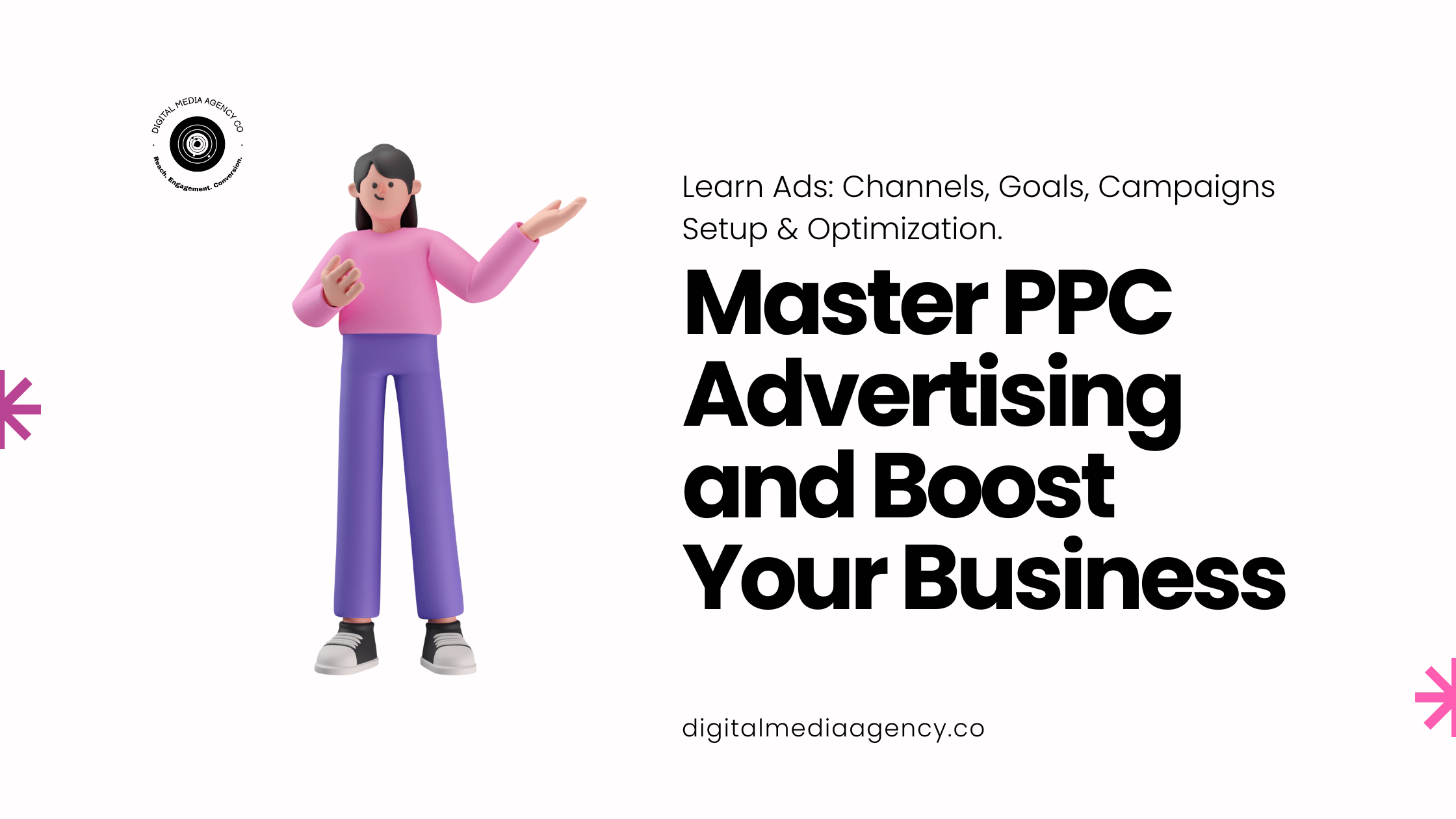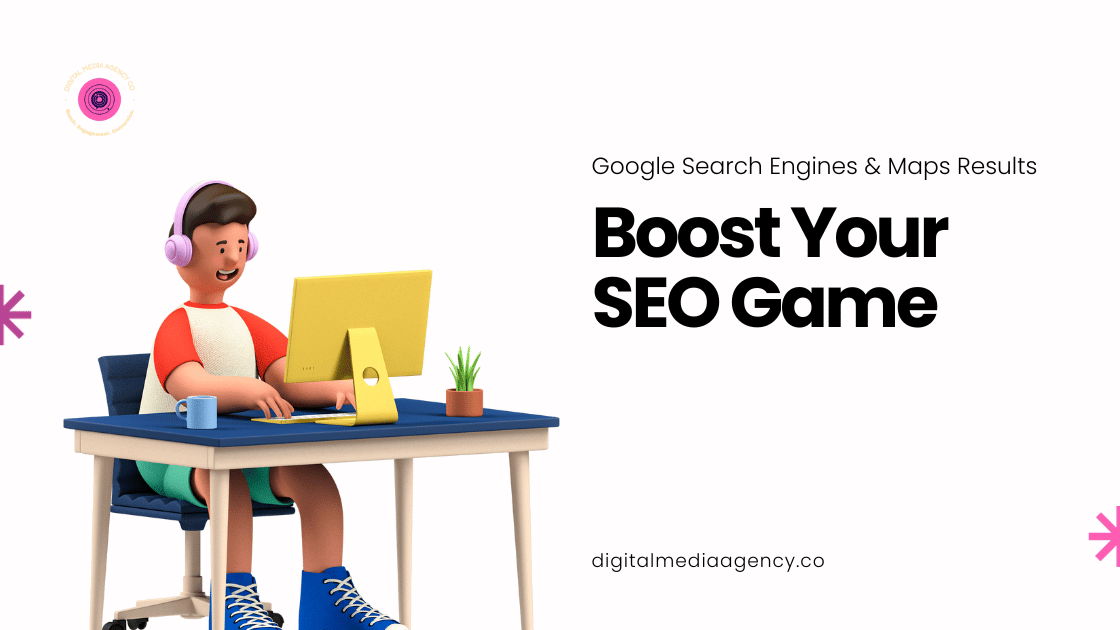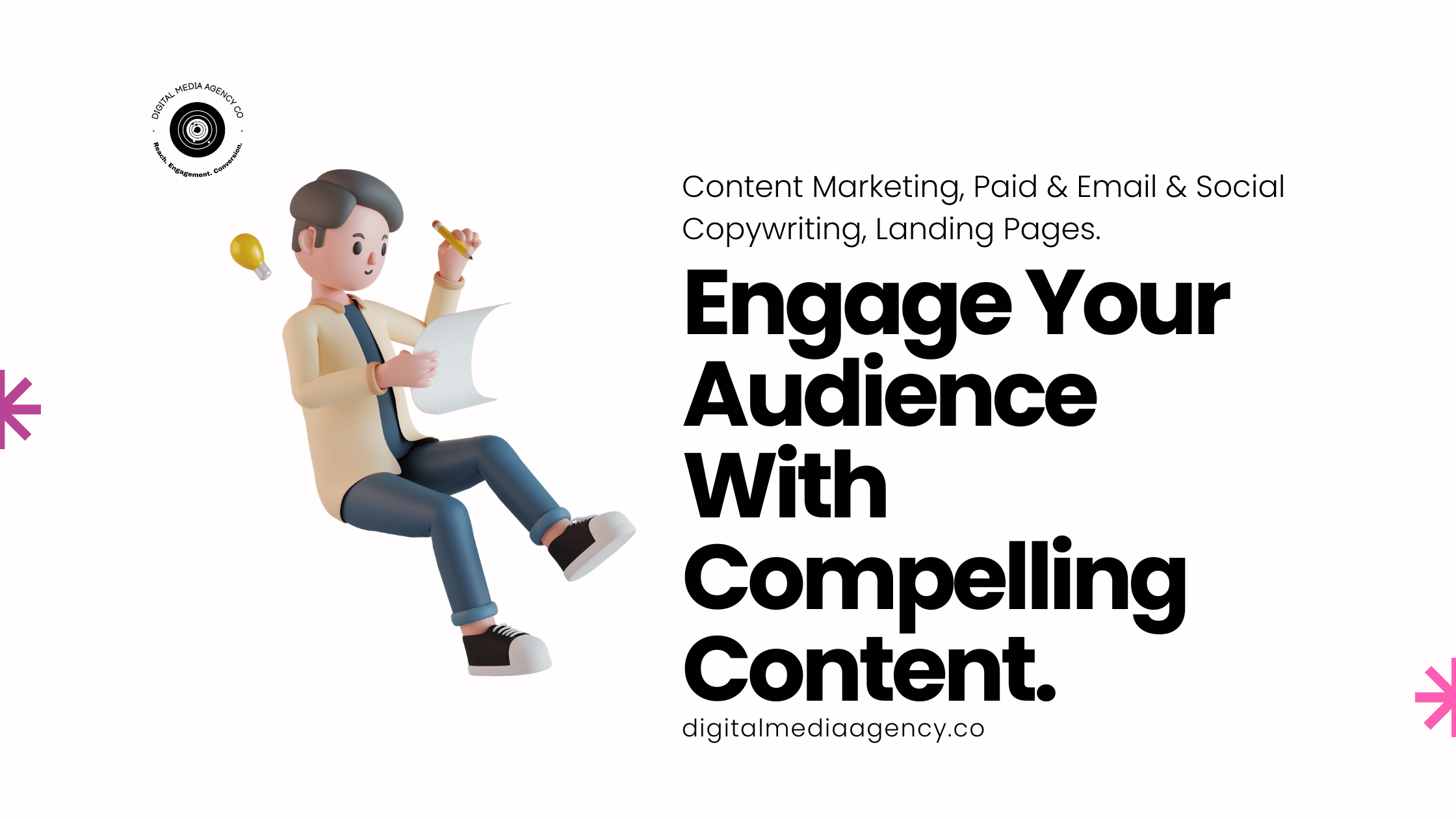Introduction
Pay-Per-Click (PPC) advertising is an impactful tool for small businesses striving to enhance their online visibility, connect with specific customers, and boost conversions. This article serves as a practical guide to design and implement a PPC strategy beneficial for your small business growth.
Identifying Your PPC Channels
The initial step in crafting a PPC strategy is to pinpoint your top three paid ad channels. Analyze your organic (non-paid) performance across all online platforms where your business maintains a presence. Determine which platforms captivate your audience the most and drive substantial traffic to your website. The channels could encompass Google Ads, Meta Ads (Facebook and Instagram), TikTok Ads, Snapchat Ads, Bing Ads, or Amazon Ads.
Setting Goals and Budget
Upon identifying potential paid advertising channels, it’s crucial to establish a clear goal for your ad spend. Are your objectives to attract new clients, amplify sales, reach potential audiences, or foster brand consideration? A clear understanding of your goals will aid in budget allocation. As a starting point, consider a daily budget of no more than $30 for each selected advertising channel.
Developing Your Ad Content
Subsequently, focus on crafting creative and appealing content that aligns with your PPC goals and resonates with your target audience. This could encompass engaging ad copy, visually striking images, or concise, powerful videos.
Setting Up Your PPC Campaigns
The setup of your campaigns across each ad channel involves several steps:
- Objective: Choose an objective in alignment with your marketing goals. This could be driving website traffic, increasing sales, generating leads, raising brand awareness, or boosting local store foot traffic. Bear in mind that specific ad channels tend to deliver superior results for certain goals. For instance, social ads generally outperform in consideration or traffic, while Google Ads excel in increasing sales or local store foot traffic.
- Bidding and Budget: Decide your spending limit to achieve your objective. This could be a fixed daily or monthly amount, a total campaign budget spread across the campaign duration, or a bid cap set as the amount you’re willing to pay per 1000 impressions (CPM), per click (CPC) or per customer (CPA).
- Audiences: Define your target audience using demographics, interests, behaviors, or other relevant criteria. For example, if you’re promoting a coffee shop with a goal to increase walk-in customers, you might want to target a 5-mile radius around your coffee shop and run your campaign from morning to noon you can also narrow it down by targeting coffee shoppers where applicable.
- Placements: Select where your ads will be displayed. Options could include search results, social media feeds, or other websites. Your paid campaign objective will influence your ad placements. For instance, if you’re running a video ad for your coffee shop on YouTube, you might aim to place your video ads when viewers are watching coffee-related content.
- Keywords: Choose relevant keywords that your target audience is likely to use when searching for your product or service. Continuing with the coffee shop example, ensure your ads appear on Google Search Networks and Google Maps results when users search for “coffee shop near me” or “best coffee latte in town”.
- A/B Testing: Experiment with different variables of your paid ad campaign to identify the best-performing combination. Consider the following variables for your first A/B test:
- Audiences: Create and observe different demographics, interests, custom segments, and location targeting.
- Placements: Choose unique placements for each ad set; compare ad set story feeds versus ad set reels.
- Ad copies and creatives: Run at least 3 different ad creatives in each ad set or ad group, ensuring the creative variants resonate with your targeted audiences and placements.
- Ad Copies and Creatives: Develop compelling ad copy and creative assets that align with your brand and resonate with your target audience. Here’s an example of ad copies for a coffee shop:
- “Experience Dallas’ Finest Pour Over | Enjoy Complimentary Cookies”.
- “Kickstart Your Morning with Our Coffee | Free Donut Included”.
- “Freshly Roasted Coffee Awaits You in Dallas | Experience the Difference Today”.
Monitoring Your PPC Campaigns Through Analytics
After launching your campaigns, it’s vital to monitor them precisely. Review metrics relevant to your campaign objectives, such as view through rate, click-through rates, conversion rates, and return on ad spend (ROAS). Embedding advertising channels’ pixels in your website, mobile app, and Google Analytics 4 account is a crucial step for precise paid advertising tracking, monitoring, and optimization. Most ad channels provide information about pixels under the event tracking, measurement, or conversions sections.
Optimizing Your PPC Campaigns
Once you’ve collected some initial data, you can begin optimizing your campaigns. Learn from the interactions audiences have with your ads, their behavior on your website or Google Maps, walk-in customer frequency, and A/B tests you ran. Although it might seem complex, having a holistic view of your paid advertising performance will enhance your ability to optimize and increase your returns on ad spends (ROAS). I recommend starting with the following PPC optimization techniques:
- Adjusting your bids based on keywords, audiences, placements, and other applicable variables.
- Refining your audience targeting by narrowing it down to the most profitable audience signals, or broadening your targeting to reach more audiences sharing similar characteristics with your winning audience.
- Updating or modifying your ad creatives and copies based on insights from the best-performing variants in your A/B testing. This strategy consistently reflects a positive impact in the ads I have launched, either through better performance or insightful feedback to the creative and copywriting production.
- Consider reallocating your budget between channels based on their performance. For instance, if you notice increased qualified traffic to your website or local store from Google Ads compared to other channels, you might want to allocate a larger budget there and vice versa.
Conclusion
Implementing a successful PPC advertising strategy can be effective growth tool for small businesses. By following this practical guide, and being aware of the multiple touchpoints and overall small business growth trends when you launch your ad campaigns, you can make informed decisions on utilizing paid ad campaigns to reach your target customers, drive traffic and conversions, and ignite your small business growth.



